movement. It’s safe to say; most dog owners want to know how their dog is feeling. A tail can help them understand whether their dog is feeling, happy, angry, anxious, or playful. As well as this, the main purpose of a dog’s tail is to help them balance when turning at high speeds or propel them through the water.
Busy? Get Your Hands Paws On The Answers Quickly…
- Can Dogs Communicate With Each Other And Humans?
- Do Tails Help Dogs Balance And Move?
- How Do Other Animals Use Their Tails?
- FAQs
CAN DOGS COMMUNICATE WITH EACH OTHER AND HUMANS?
Yes. However, the original purpose of the dogs tail is for balance and movement, however, over the years, a vast majority of dog breeds use their tails as a way of communicating. When dogs wag their tails, this tends to mean they are open to having an interaction. The common mistake most people make is that they assume this interaction is always going to be a friendly and playful one. However, a wagging tail can also mean the dog is annoyed or angry.
Excited
If your dog’s tail is wagging in a high position, this can mean they’re excited. They may also start to arch their back at this stage and go into a “playful mode.”
Dominant
If a dog has their tail raised in the air all the time, this tends to mean they are a very dominant dog. When they have their tail raised in the air, it tenses the muscles around the anus and releases an odor. This makes other dogs in the area aware that they’re about and marking their territory.
Anxious
If a dog seems anxious, their tail will be wagging from side-to-side but in short strokes. Make sure the dog is comforted and given plenty of attention to avoid/overcome this.
Alert
If a dog’s tail is high and straight without wagging, this means they’re alert and wary of what is around them.
Submissive & Concerned
If the tail is straight and low to the ground, this could mean the dog is submissive and/or concerned.
Concerned about a person
When a dog is feeling concerned about a person nearby, their tail will be horizontally straight and wag to left from the center line of their body. This process will repeat until the person cannot be seen.
Pleasant about a person
When a dog is feeling pleasant about a person nearby, their tail will make the exact same motion as above but in the opposite direction (right).
DO TAILS HELP DOGS BALANCE AND MOVE?
In regards to balance and movement, a dog’s tail is vital. A lot of dog breeds were originally bred (some still are) to work, just like us humans. Dogs were usually trained to catch or retrieve other animals and bring them back to their owners.
Stability when turning
When a dog is running, their front two legs would always lead the body into the direction they want to go. The back legs would then follow. If the tail wasn’t planted and counterbalance the dog’s body, it would end up rolling over and lose all momentum.
Moving through different terrains
A dog’s tail can vary from breed to breed. Breeds such as golden retrievers have long fluffy tails, and this acts as a rudder when they’re in the water. They will wag it from side to side, thus allowing them to glide through the water at higher speeds in comparison to other dog breeds. Some dogs will use their tail to help them keep their balance when moving on uneven surfaces such as rocks or pebbles.
HOW DO OTHER ANIMALS USE THEIR TAILS?
Just like our dogs, many other animals across the planet rely on their tails to get by every day. Just like dogs, most animals use their tails to balance and move around. However, other animals use their tails as a defense mechanism or in some cases, a weapon.
Faster Movement
The Kangaroo relies heavily on their tail for movement. Just like dogs, the Kangaroo uses their tail for extra support and balance. However, recent research suggests they use it as a “third leg,” which propels them, making moving easier and much quicker!
To Gain Height Advantage
The new world monkeys and opossums use their tails to gain height advantage when looking for food. Their long and thick tails wrap around branches and tree trunks which enables them to get to food that other animals would find impossible. This mechanism also allows them to move across the tree line by swinging from tree to tree.
Weaponry
Animals such as porcupines and Komodo dragons use their tails to defend themselves or attack their prey. The tails of these two animals are made of Keratin. This enables them to form a strong enough tail to use it as a weapon.
Why do dogs lick you?
Affection. This is the most common reason a pet dog will lick you. When a dog is licking for affection, it releases highly pleasurable endorphins that comfort them as well as making them feel calm. As well as this, some dogs will lick more the others. This can be caused by the enjoyment of the owner’s salty-tasting skin or boredom.
Do dogs cry?
No. Just like humans, dogs do in fact feel sadness. However, unlike humans, they do not Cry and produce tears that stream down their faces. Dogs and Humans both have tear ducts that function to help clean their eyes. The difference being is that a dog’s tear ducts drain the liquid back inside and release it internally.
Do dogs smile?
Yes. It is true. Dogs like to respond to positive reinforcement by smiling back at their owner. You may notice that a dog smiles most when they have received praise or when they’re in an excited mood.
What does it mean when a dog puts his paw on you?
Affection. It is very common that your dog will put their paw on you. This will normally occur when you’re stroking or petting your dog. Your god will respond by putting their paw on you. This is them showing affection towards you and letting you know you have their trust.
What dogs have no tail?
Welsh Corgi, Boston Terrier, English Bulldog, King Charles Spaniel, Parson Russell Terrier, Rottweiler
Looking for more pawsome posts? Check these out…
Can Dogs Eat Lettuce?
How To Make A Snuffle Mat
When Do Puppies Lose Their Teeth?
Can Dogs Eat Broccoli?
Can Dogs Eat Watermelon?
Disclaimer: Each dog is different, and every circumstance is different. All efforts have been made to provide accurate information. However, it is not provided by a qualified Veterinarian, Veterinarian Surgeon, or Behaviorist. The information provided is purely educational. The information should not be used as an alternative or substitute for medical care. If you have any health or medical concerns, contact a qualified Veterinary Surgeon or Veterinarian immediately.
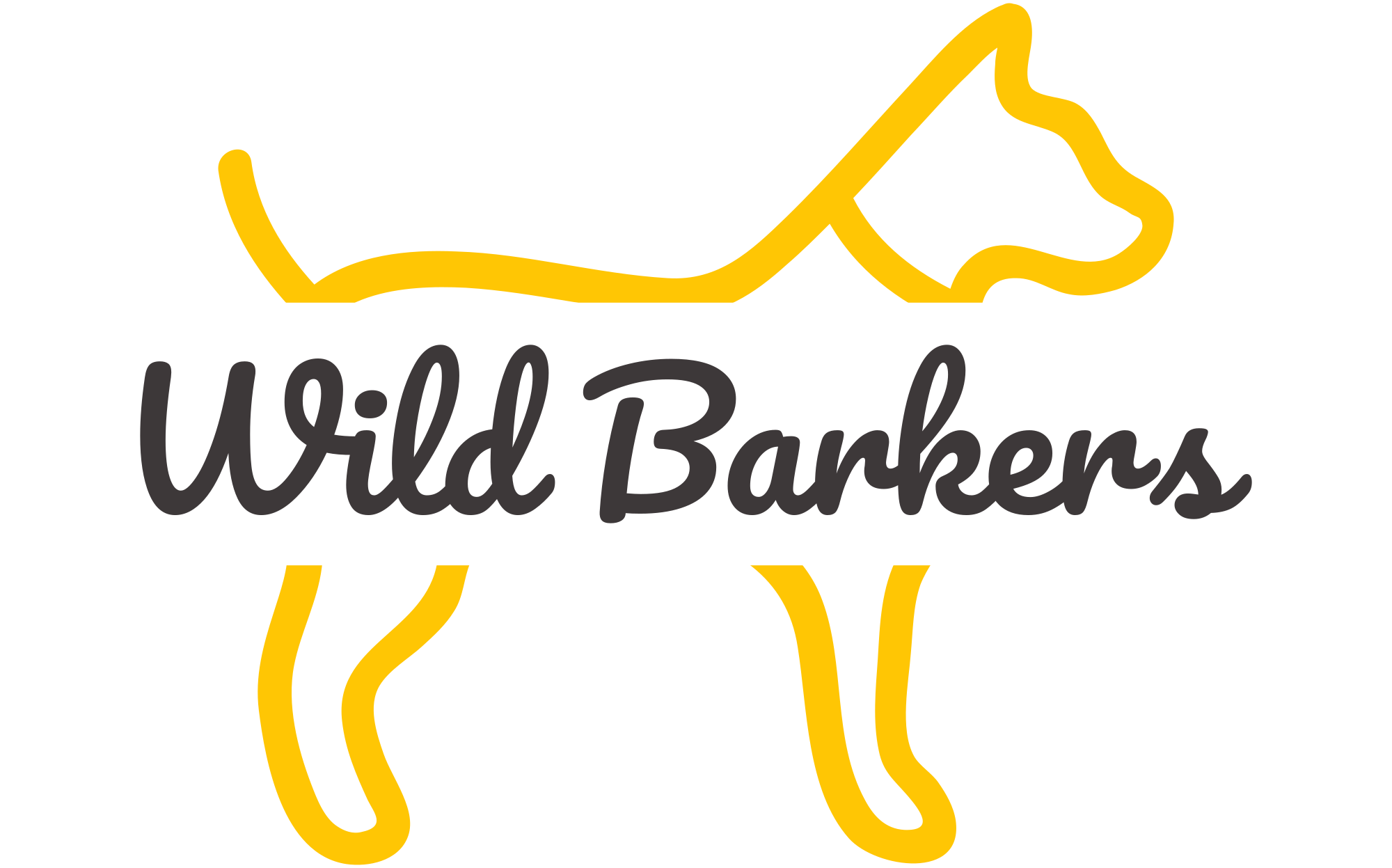

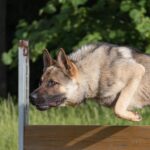


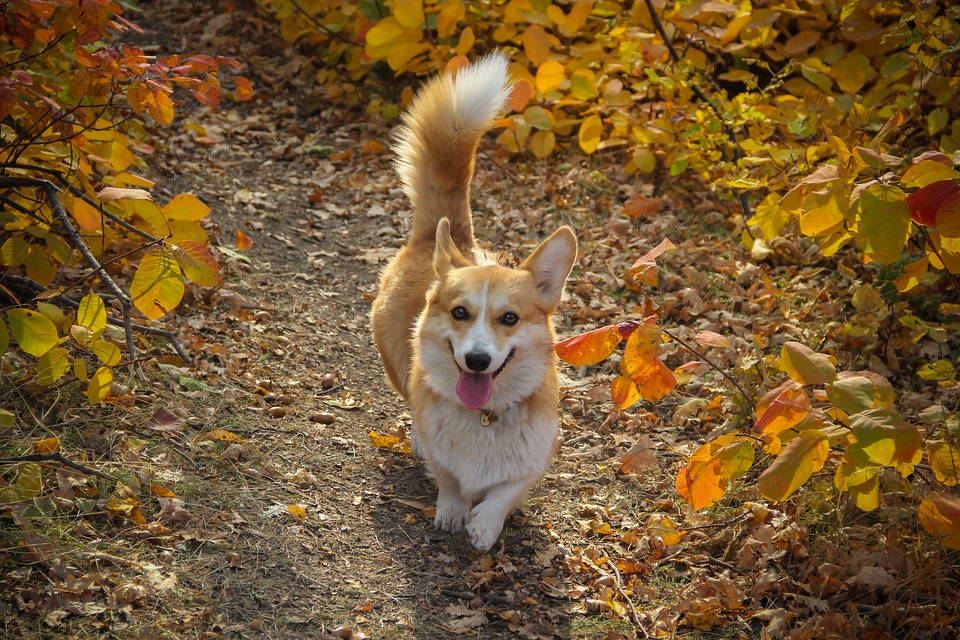

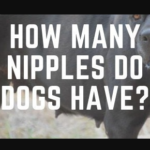
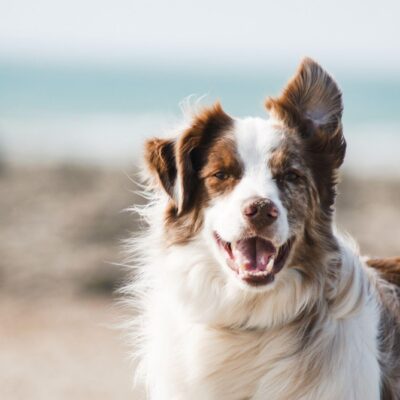
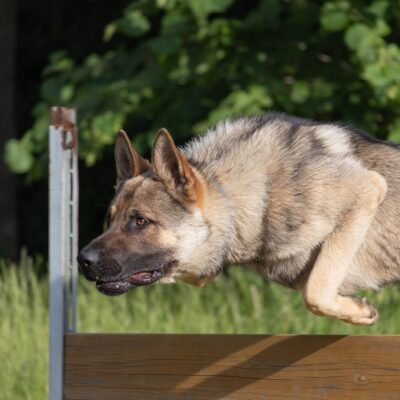
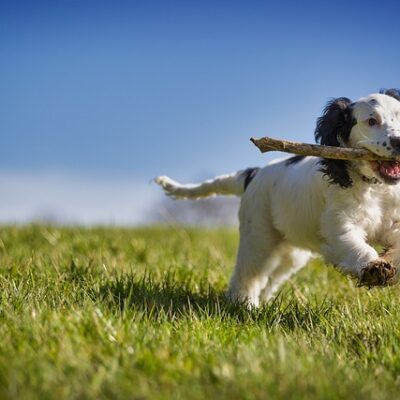
No Comment! Be the first one.